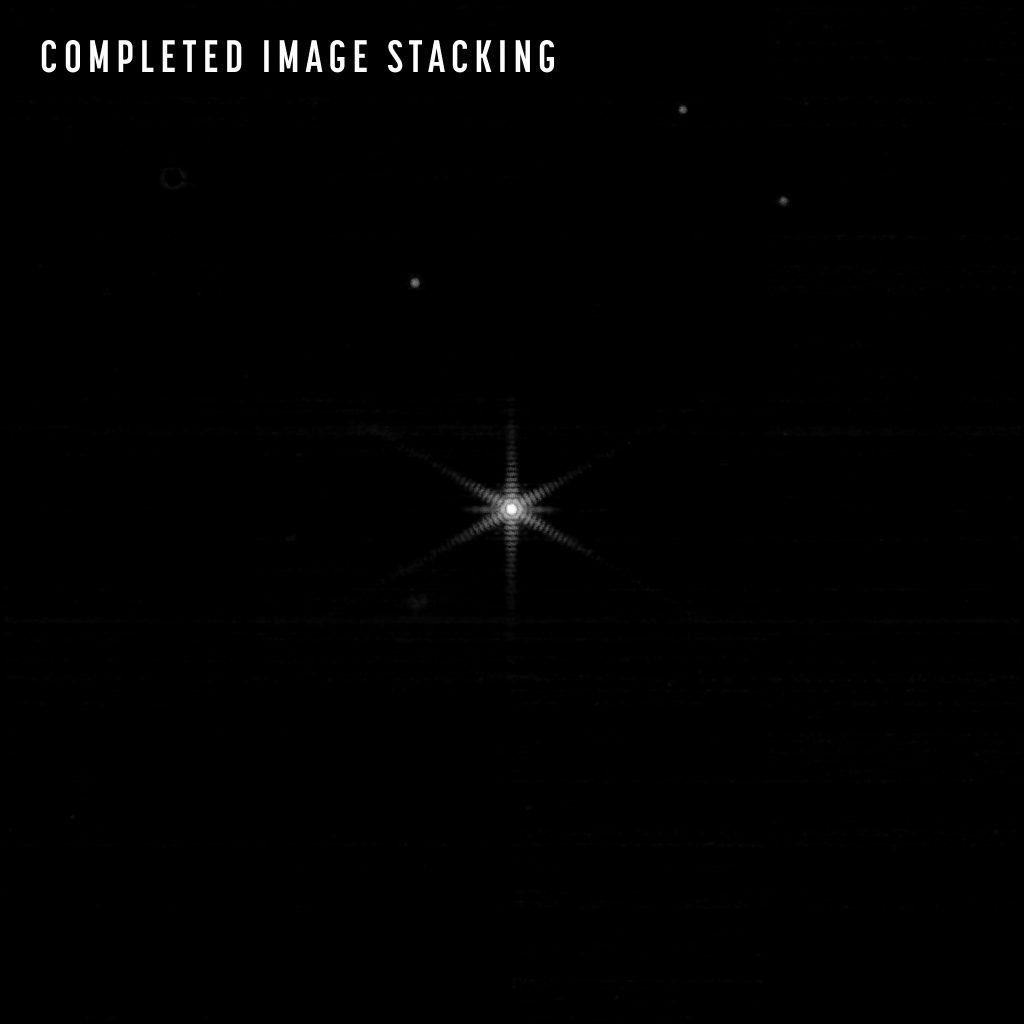LoTSS of Radio Sources
Last week saw an impressive data release of an extensive sky survey being performed with the European LOw-Frequency ARray (LOFAR) radio telescope. The survey is called the LOFAR Two-meter Sky Survey, with 2 m being roughly the wavelength of the emission observed and which is equivalent to a radio frequency of 144 MHz. The survey has observed 27% of the northern sky so far in two separate chunks and obtained radio data on a whopping 4,396,228 sources. (Rather appropriately, the survey’s acronym is LoTSS!) The sources are primarily from distant galaxies, and the team involved claim that one million of the sources detected were previously unknown to astronomy. The data were collected over 3,500 hours of observations, and in total the dataset is a massive 8 Petabytes in size. Interestingly, the data were processed via pipeline in part using SURF, the Netherlands’ distributed computing network facility, which allowed them to be reduced in a relatively short amount of time – similar to how the SKA Regional Centre network will have to handle crunching the vast amounts of data expected from the SKA in future. Here’s a link to the Astronomy & Astrophysics paper and the survey page for those who’d like to explore the dataset. The team also produced an impressive web-based visualization of their data, which can be viewed here. (Warning: some older computers may struggle with this.) LOFAR itself is shown in the centre (not to scale). It’s fun to zoom in and around the various sources, but I confess I have no clue how the team worked out the distances to the objects from the LOFAR data alone – perhaps they are displaying only sources whose distances were previously known? Anyway, the team has been awarded further time on LOFAR to expand their radio survey of the sky - LoTSS more data to come!
Also, NASA engineers have completed the Segment Alignment and Image Stacking steps of honing the Webb telescope’s focus. In the latest image, attached below, the 18 individual mirror segments of Webb have been aligned to allow a single “point” of emission to be seen at the centre of the field of view. As Webb comes in to focus, the team now has to point towards a fainter target than before, and are now using a red star called 2MASS J05042687-5438018, with a K magnitude of 8.8. The attached image shows the “snowflake” diffraction pattern produced by Webb’s hexagonal mirror shapes. With better focusing to come, the surrounding ripples will diminish in their relative intensity to the central peak. (Presumably those three other points seen in the image are faint nearby background stars.) Progress! Here’s a link to the NASA blog about the focusing effort, with some nice “before/after” images.
Credit: NASA/STScI
